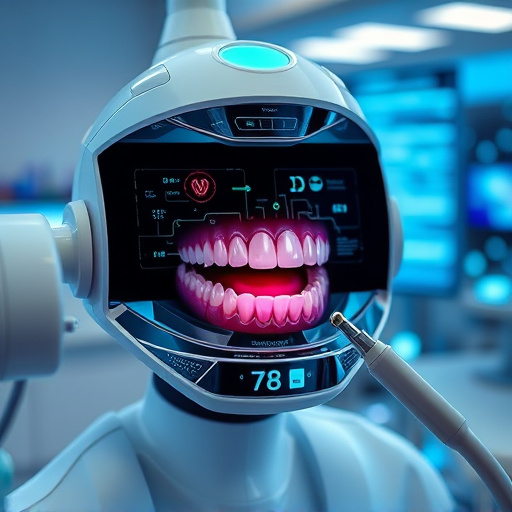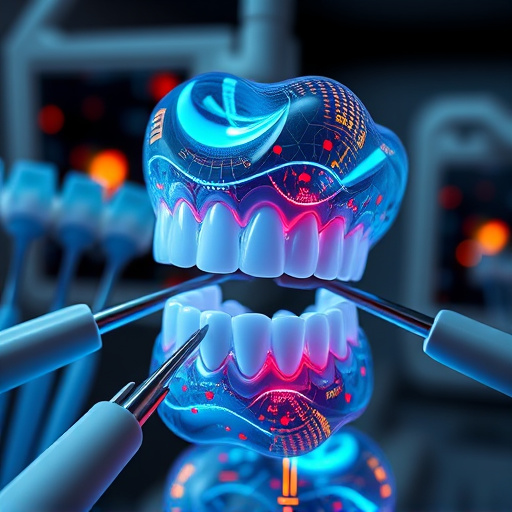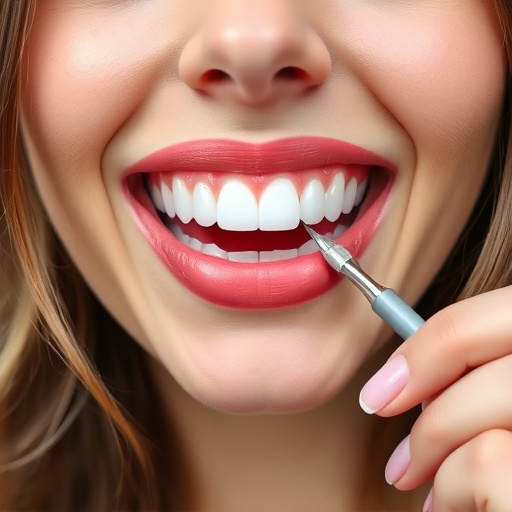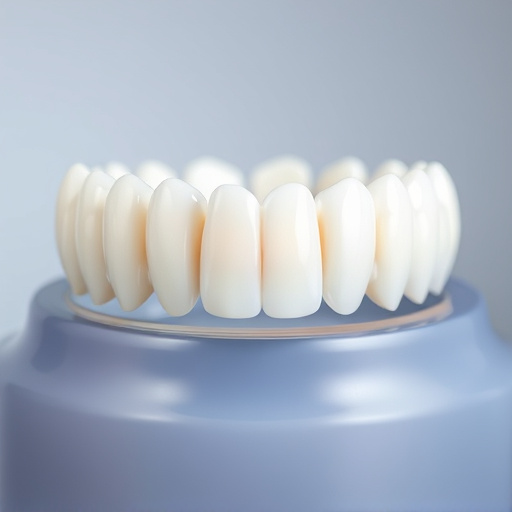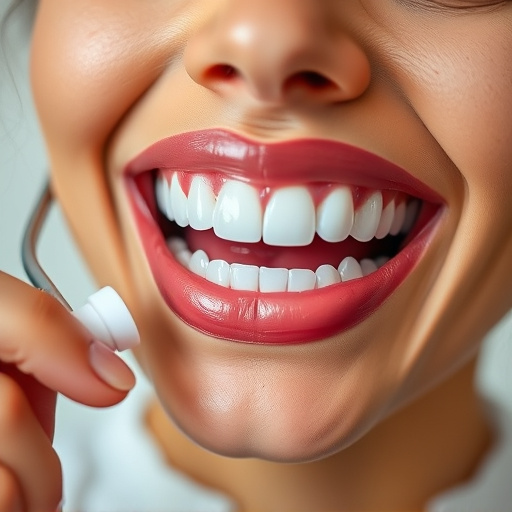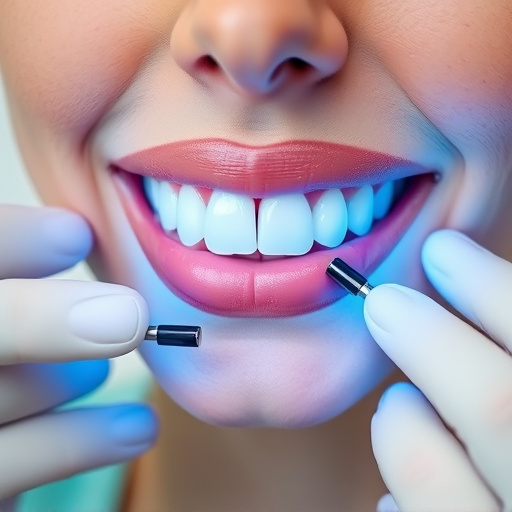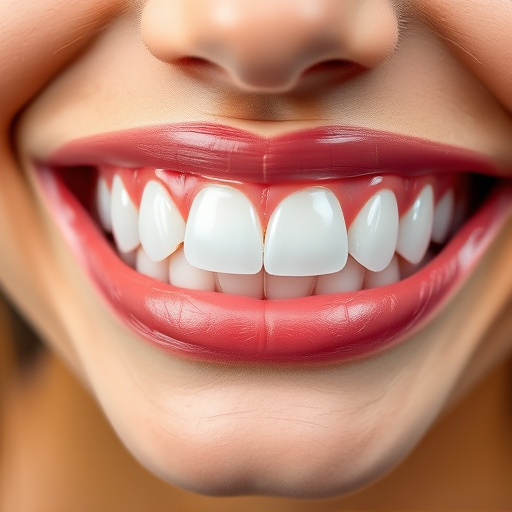Nitrous oxide sedation, or 'laughing gas', is a safe, effective method for dental procedures, reducing anxiety and pain without invasive methods. Ideal for children and those with dental phobias, it enables comfortable, stress-free treatments with minimal aftercare requirements. Essential considerations include proper oral hygiene post-treatment and safe removal of residuals. Properly trained dental professionals ensure its effective use for enhanced patient comfort during diverse procedures.
Discover the transformative power of nitrous oxide sedation—a gentle, safe method gaining popularity for its minimal aftercare requirements. This innovative approach offers a seamless experience, making it ideal for various medical and dental procedures. In this article, we explore the benefits of nitrous oxide sedation, practical considerations for minimal aftercare, and safety guidelines for effective use cases. Unlock the advantages of this gentle sedative and learn why it’s becoming a go-to option.
- Understanding Nitrous Oxide Sedation Benefits
- Minimal Aftercare: Practical Considerations
- Safety and Effective Use Cases
Understanding Nitrous Oxide Sedation Benefits
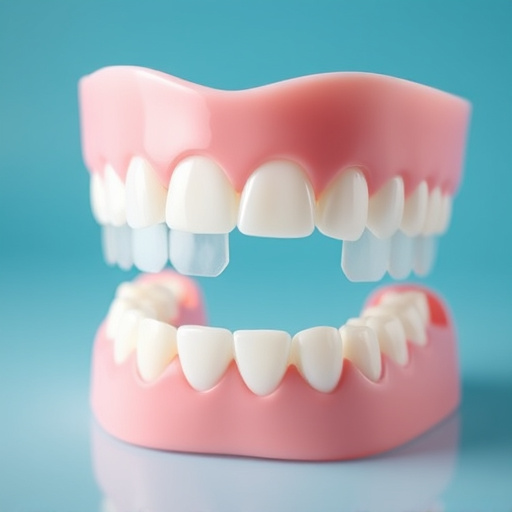
Nitrous oxide sedation offers a unique advantage in dental care by providing a calm and comfortable experience for patients during procedures. This method, also known as laughter gas, is a safe and effective way to reduce anxiety and pain associated with dental work. The benefits are numerous; it can be particularly useful for children and individuals who experience dental phobia, enabling them to undergo necessary treatments without the usual stress.
By administering nitrous oxide, patients can remain awake and responsive while feeling relaxed and distracted. This is especially beneficial in general dentistry practices where a calm environment is essential for successful routine oral exams and children’s dentistry procedures. The aftercare required is minimal, making it a convenient option for those who need dental work but are concerned about discomfort or anxiety.
Minimal Aftercare: Practical Considerations

The minimal aftercare required for nitrous oxide sedation makes it an attractive option for various dental procedures, especially in the context of teeth cleaning and cosmetic dentistry. Patients often experience little to no discomfort post-treatment, which is a significant advantage over traditional sedative methods. This simplicity translates into fewer constraints on patients’ daily activities, allowing them to resume their normal routines promptly.
Practical considerations for minimal aftercare include maintaining proper oral hygiene. Patients are typically advised to brush gently and avoid vigorous rinsing for the first few hours post-sedation. While this might seem like a minor inconvenience, it ensures that the nitrous oxide residuals leave the mouth naturally without causing any irritation or potential issues during healing in family dentistry settings.
Safety and Effective Use Cases
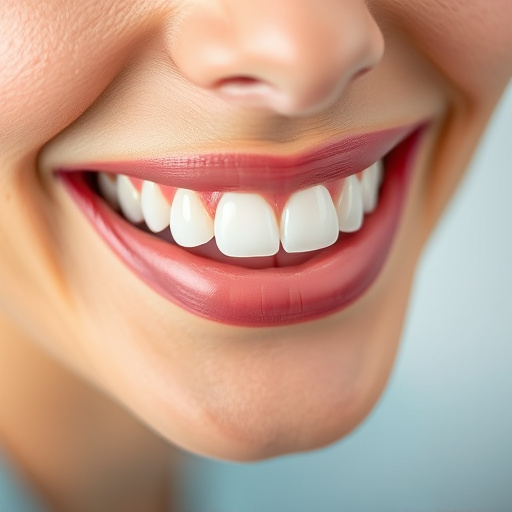
Nitrous oxide sedation is a safe and effective method used in various dental procedures, offering patients a comfortable and stress-free experience. This gentle form of sedation has proven to be valuable for numerous use cases, including tooth extractions, dental bonding, and cosmetic fillings. By inhaling nitrous oxide, or ‘laughing gas’, as a sedative agent, individuals can manage anxiety and pain without the need for invasive injections or complex aftercare routines.
The safety of nitrous oxide sedation lies in its minimal impact on vital signs and conscious level, allowing patients to remain relaxed and responsive throughout the procedure. This makes it an ideal choice for those seeking a calm dental experience, especially children and individuals with dental phobias. With proper training and oversight, dental professionals can ensure the effective use of nitrous oxide sedation, providing quick relief and enhancing patient comfort during various dental treatments.
Nitrous oxide sedation offers a safe, effective, and minimal aftercare solution for various dental procedures. By understanding its benefits and practical considerations, dentists can provide patients with a comfortable and convenient experience. Safety protocols and appropriate use cases further solidify nitrous oxide sedation as a valuable tool in modern dentistry, catering to patient needs while streamlining operational processes.





